Belgian Brutalist: Van Wassenhove House by Juliaan Lampens opens its doors
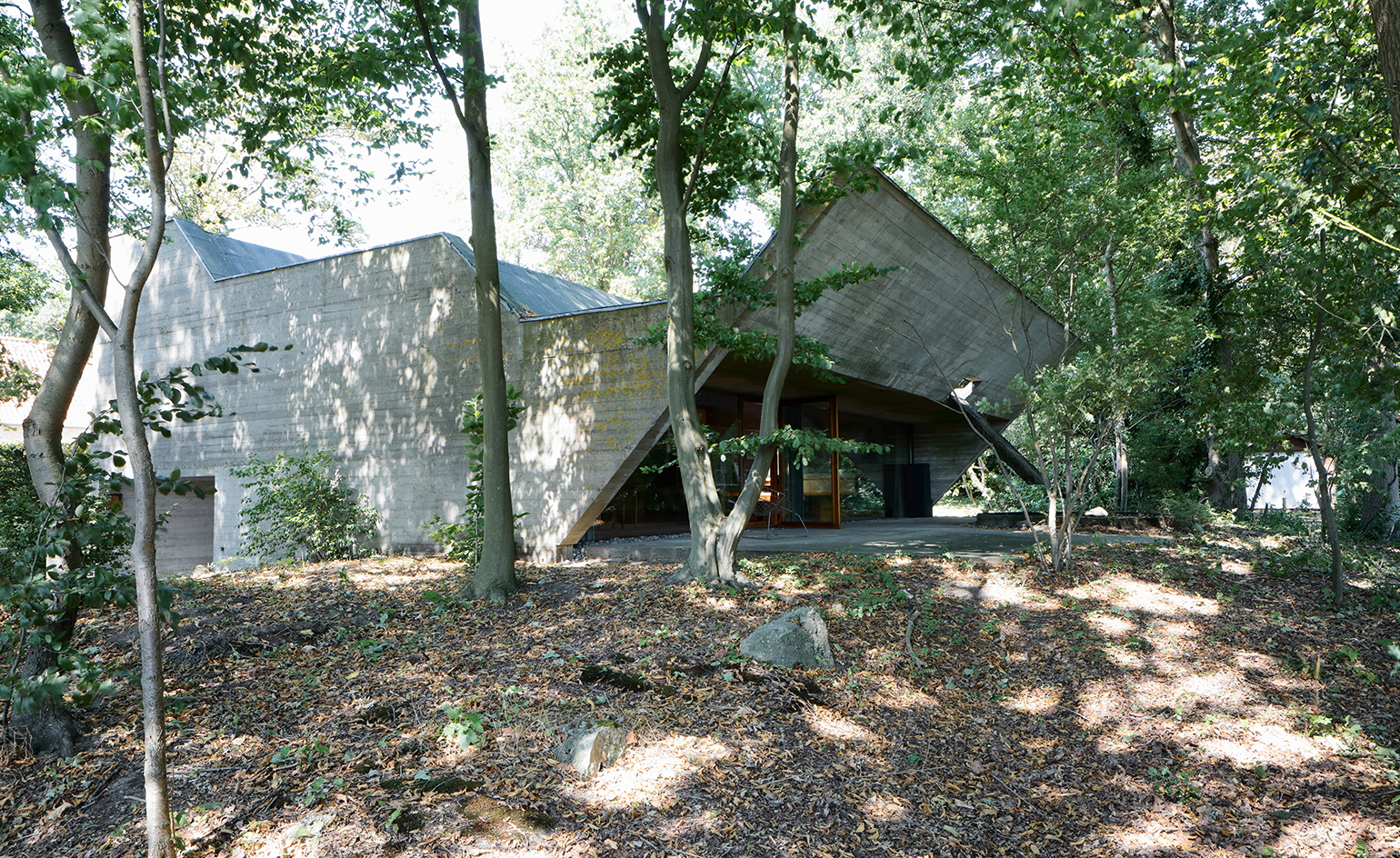
At the tail end of the Brutalist movement, in 1974, the Belgian architect Juliaan Lampens completed a residence in Sint-Martens-Latem near Ghent for the teacher Albert Van Wassenhove.
Built for a single man, it was considerably different from other, larger-scale manifestations of Brutalism around the world. Devoid from the usual urban and socialist connotations, this home was envisioned for just one person in a wealthy and quiet neighbourhood. With its closed grey concrete facade and tall rear glass windows that open up to a back garden, the bunker-like house favours privacy – turning away from society and toward indoor tranquility, in harmony with nature.
Between February and October 2015, local museum Dhondt-Dhaenens renovated this singular house. 'It was more a matter of freshening it up,' says Tanguy Eeckhout, curator at the museum. 'There was almost no decay of the concrete, unlike with other Lampens buildings.'
Now, from April until October, the Van Wassenhove House will welcome architecture enthusiasts, who want to experience the home for a weekend; artists, writers and researchers can stay for longer-term residences.
The home's main feature is its open-plan design in which all residential functions are connected with the living space as the focal point. Seclusion is impossible even in the bedroom, which is simply a 1.5 m high wooden circle, open towards the concrete ceiling.
'Lampens built about 35 residential houses in his unique style,' says Angelique Campens, a member of the Juliaan Lampens non-profit who has carried out major research on the architect. His version of Brutalism 'is a purely stylistic form, with buildings primarily characterised by their rough and sculptural qualities and a material "honesty": they are often built in raw concrete, where the wooden forms reveal the in-situ casting.'
'His houses examined other, more intense ways of living,' explains Van Eeckhout. 'This is why we thought it important to preserve the building's residential function – not turn it into a museum.'
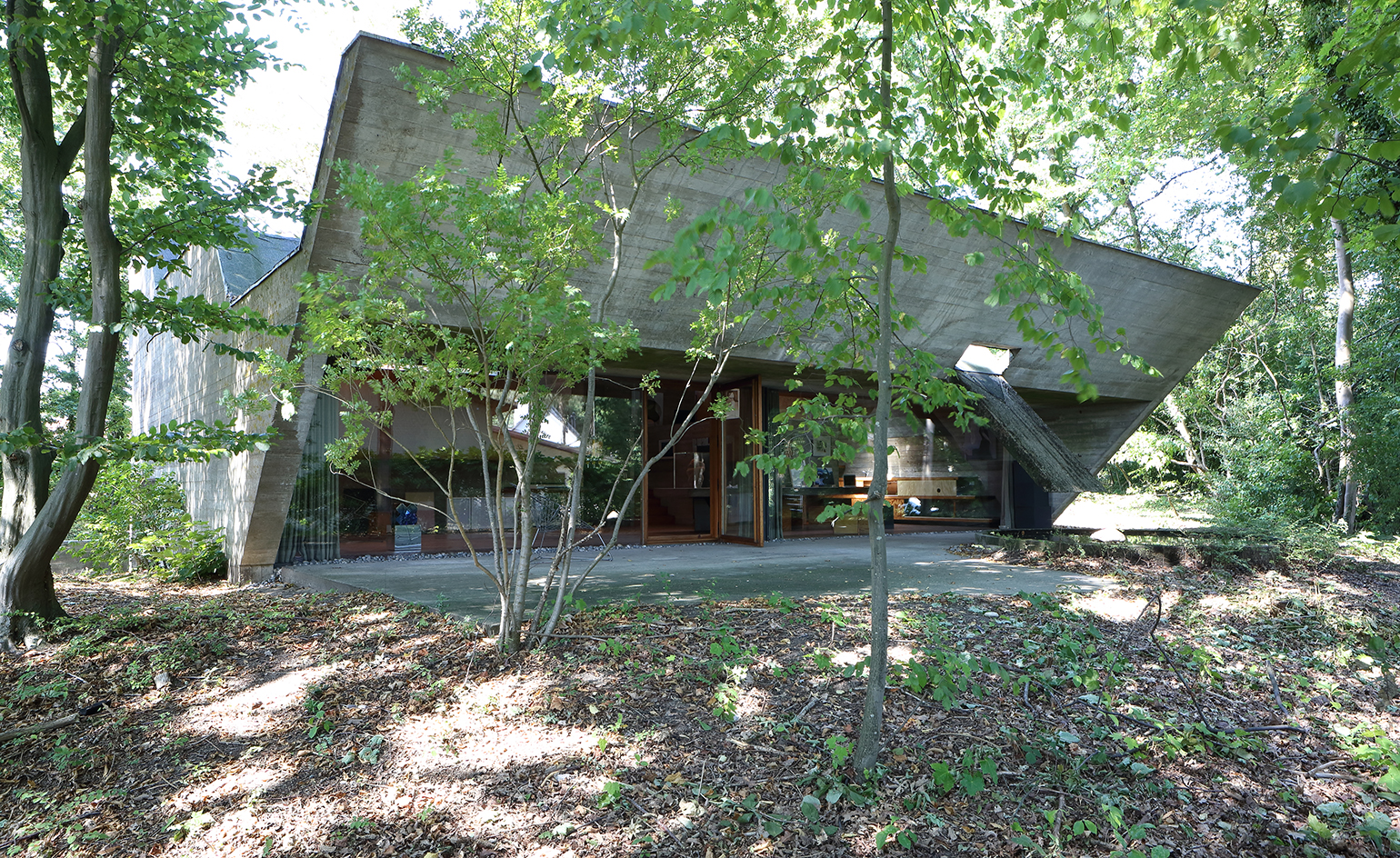
Located in Sint-Martens-Latem near Ghent, the house was designed for a single man and sits within a rich and quiet leafy neighbourhood
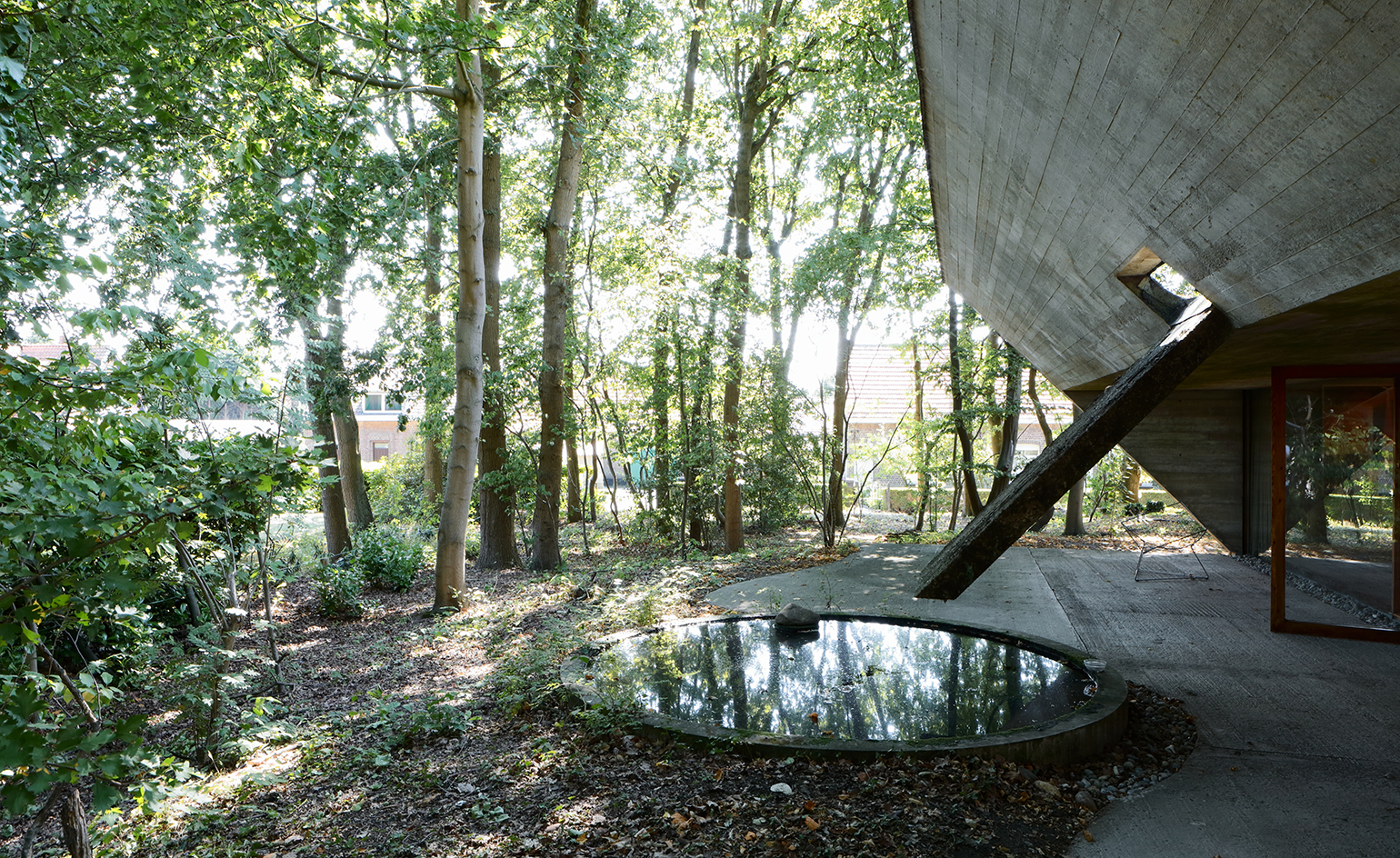
Its grey concrete facade has few openings. The garden features a small pond that collects rain water
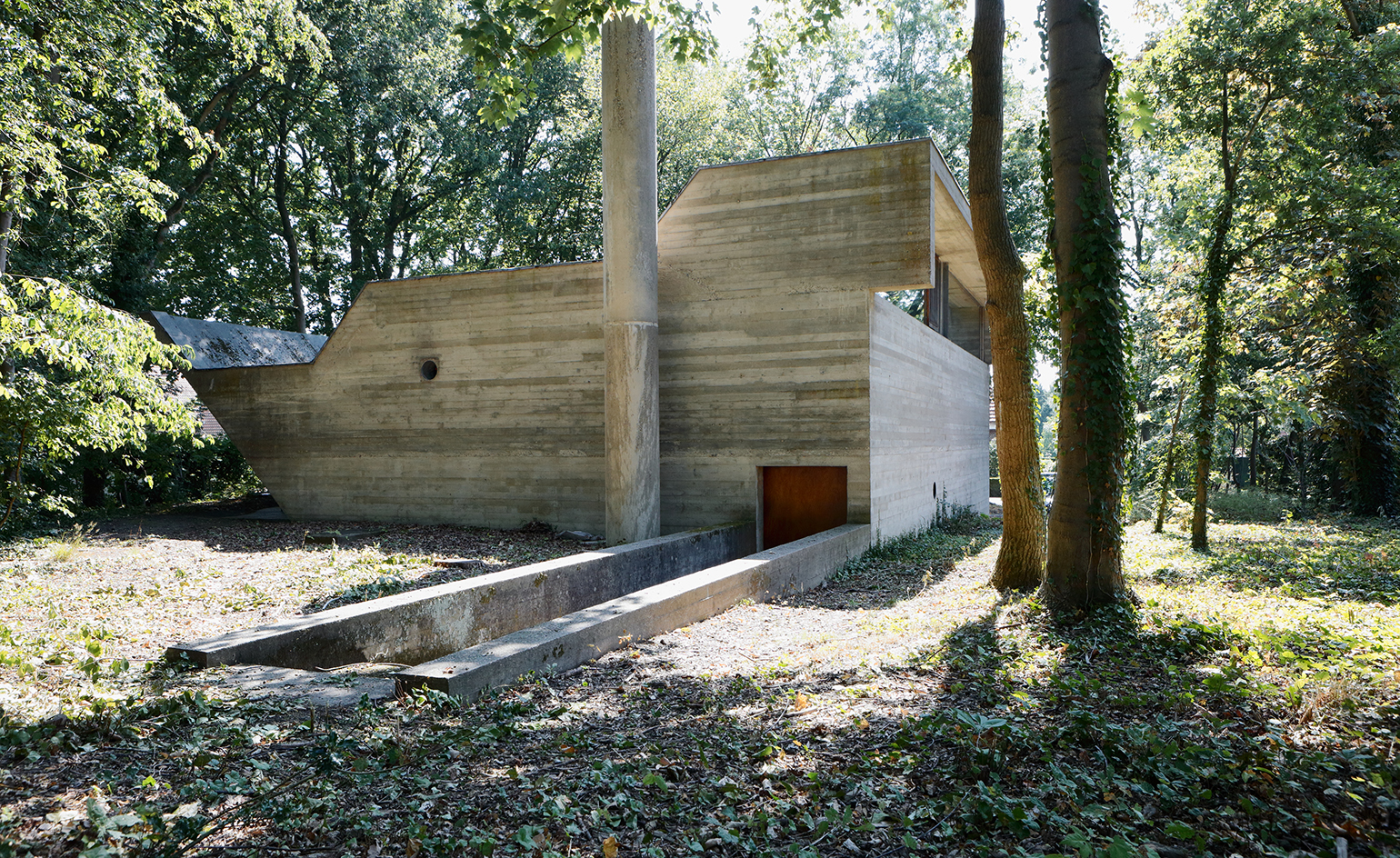
The bunker-like structure was designed to favour privacy, orientated towards the nature
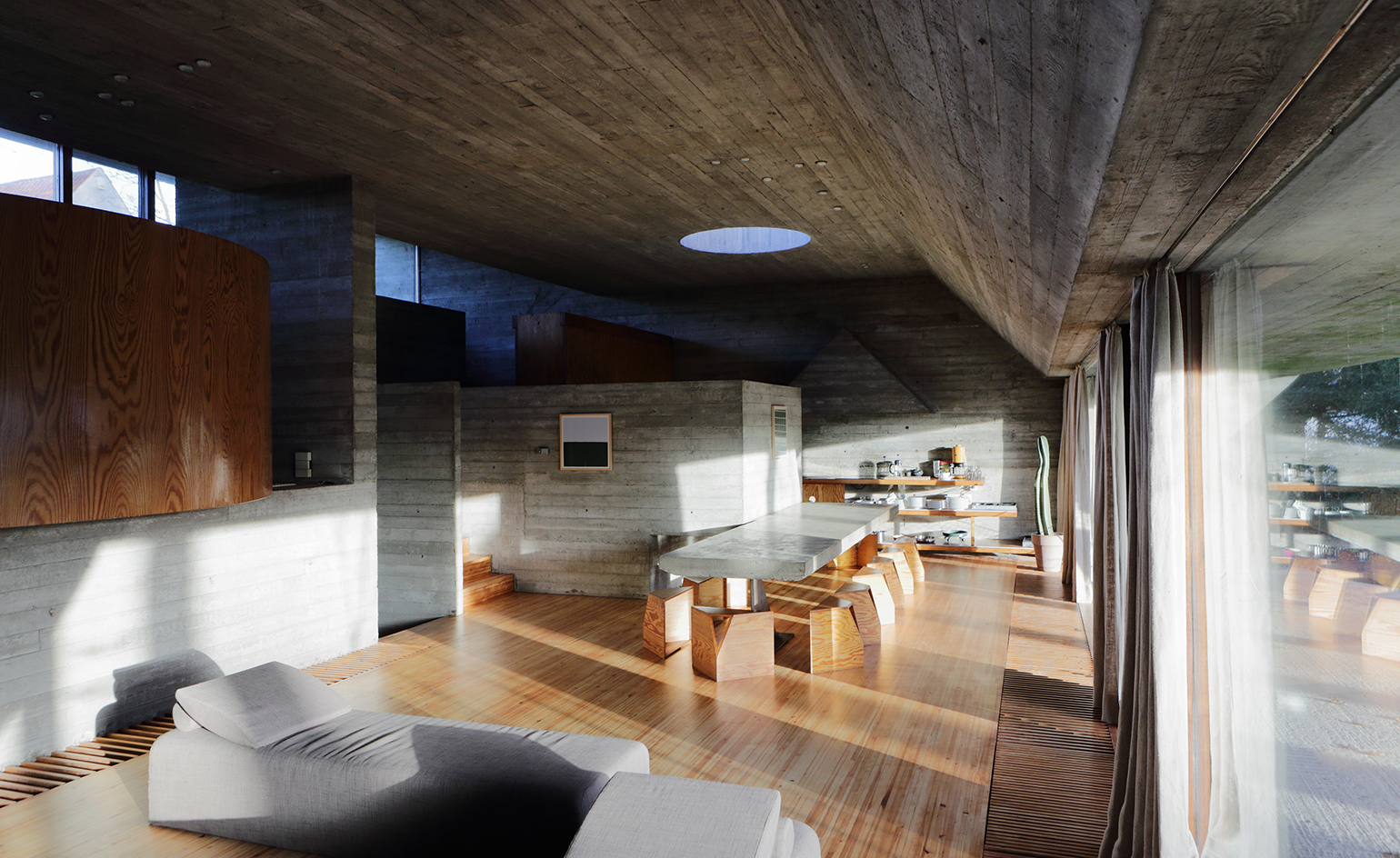
The house has recently been renovated by local museum Dhondt-Dhaenens
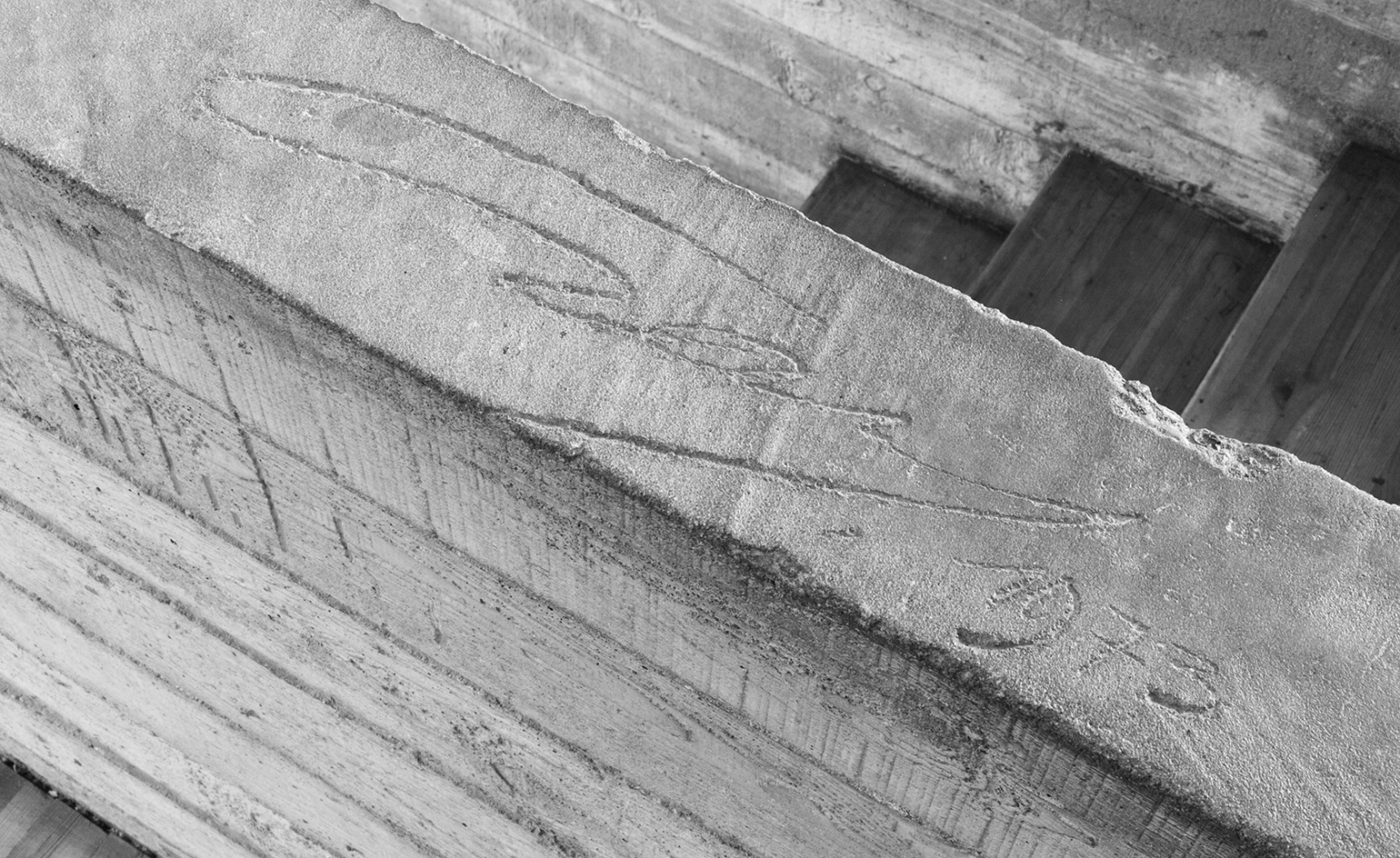
Bearing the signature of its creator, the house was in good state of preservation
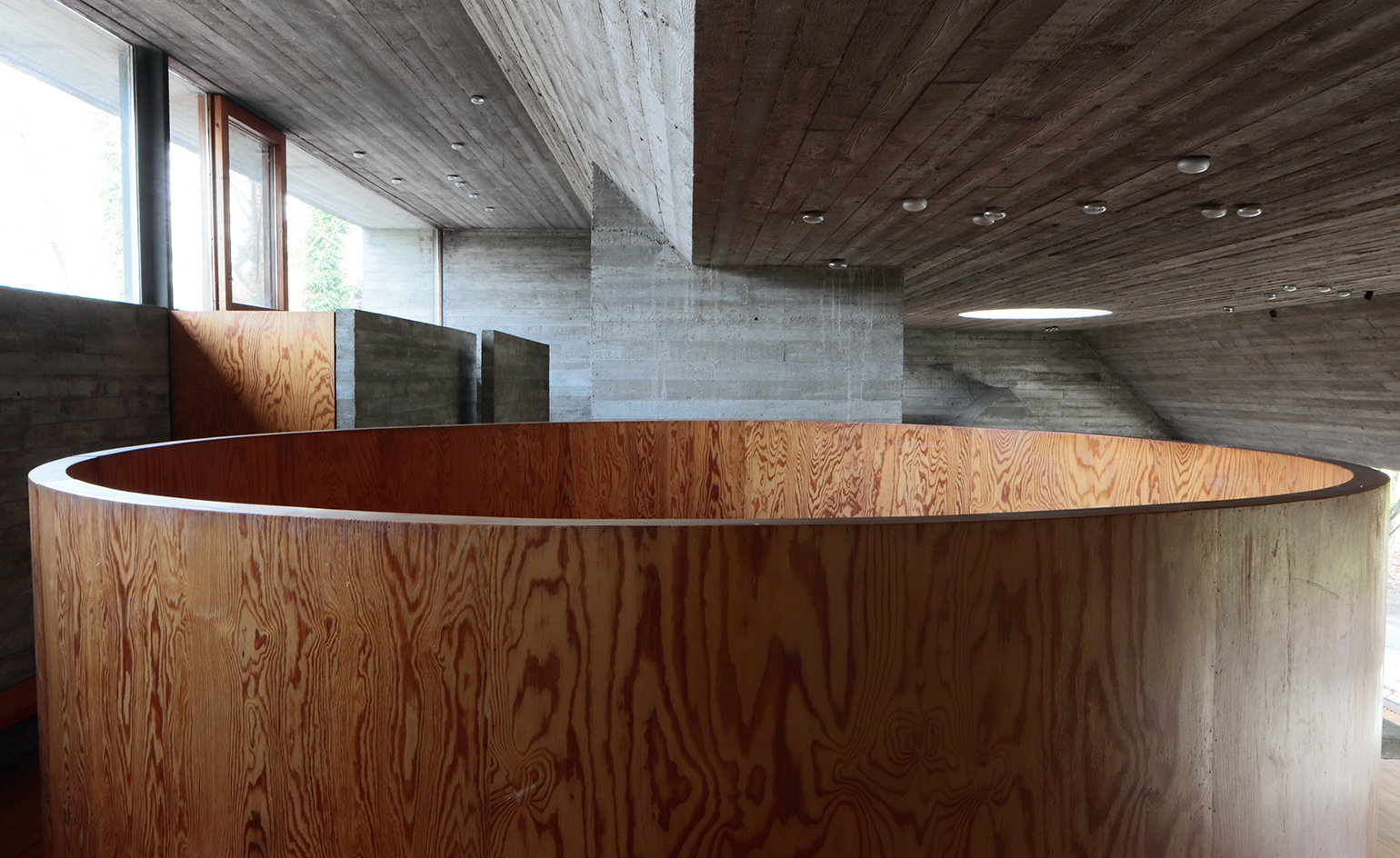
The interior is radically open plan – even the bedroom is simply a 1.5 metre high wooden circle, open towards the concrete ceiling
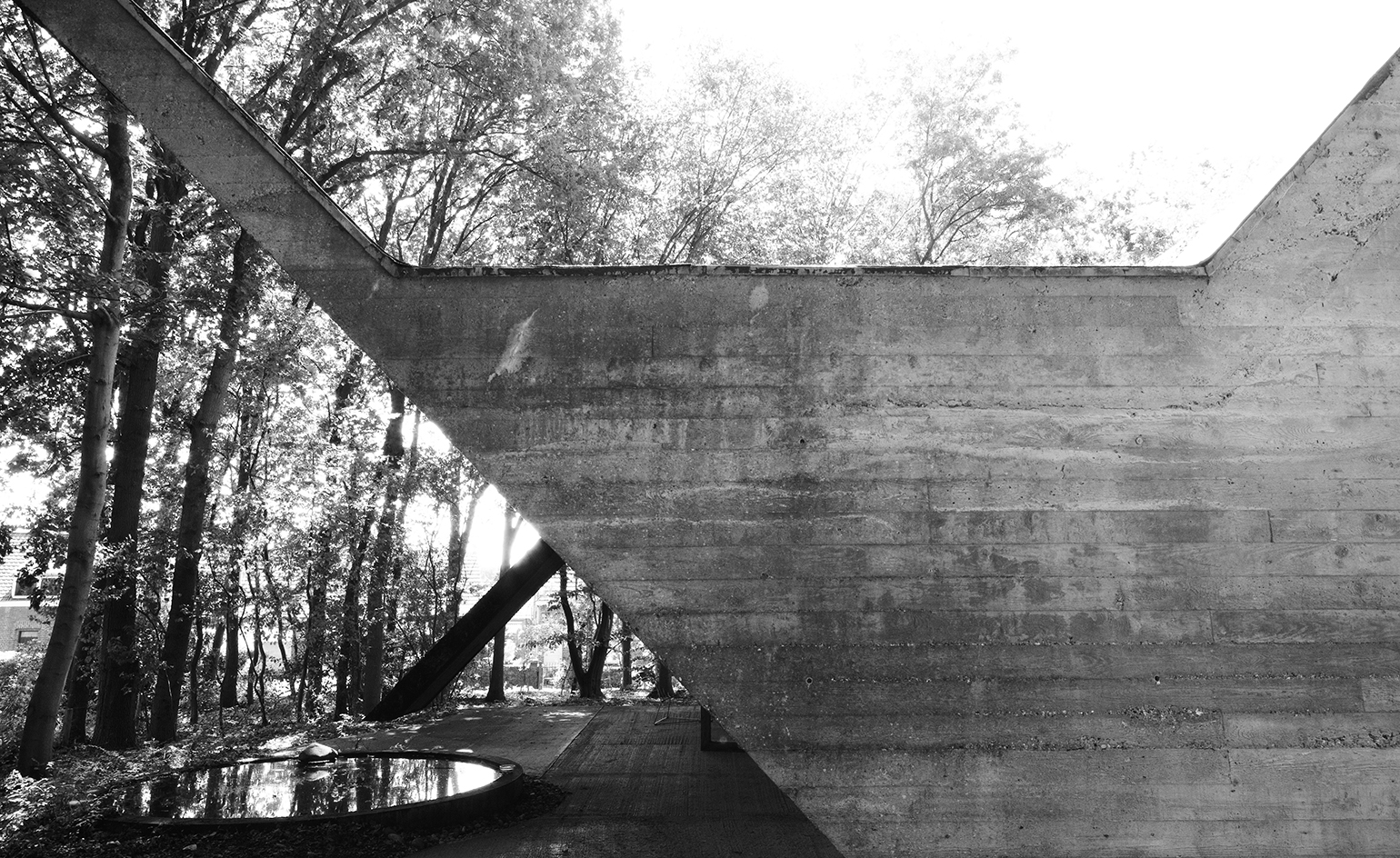
Now, from April until October, the Van Wassenhove House will welcome architecture enthusiasts, who want to experience the home for a weekend
INFORMATION
For more information visit the museum’s website
Receive our daily digest of inspiration, escapism and design stories from around the world direct to your inbox.
Siska Lyssens has contributed to Wallpaper* since 2014, covering design in all its forms – from interiors to architecture and fashion. Now living in the U.S. after spending almost a decade in London, the Belgian journalist puts her creative branding cap on for various clients when not contributing to Wallpaper* or T Magazine.
-
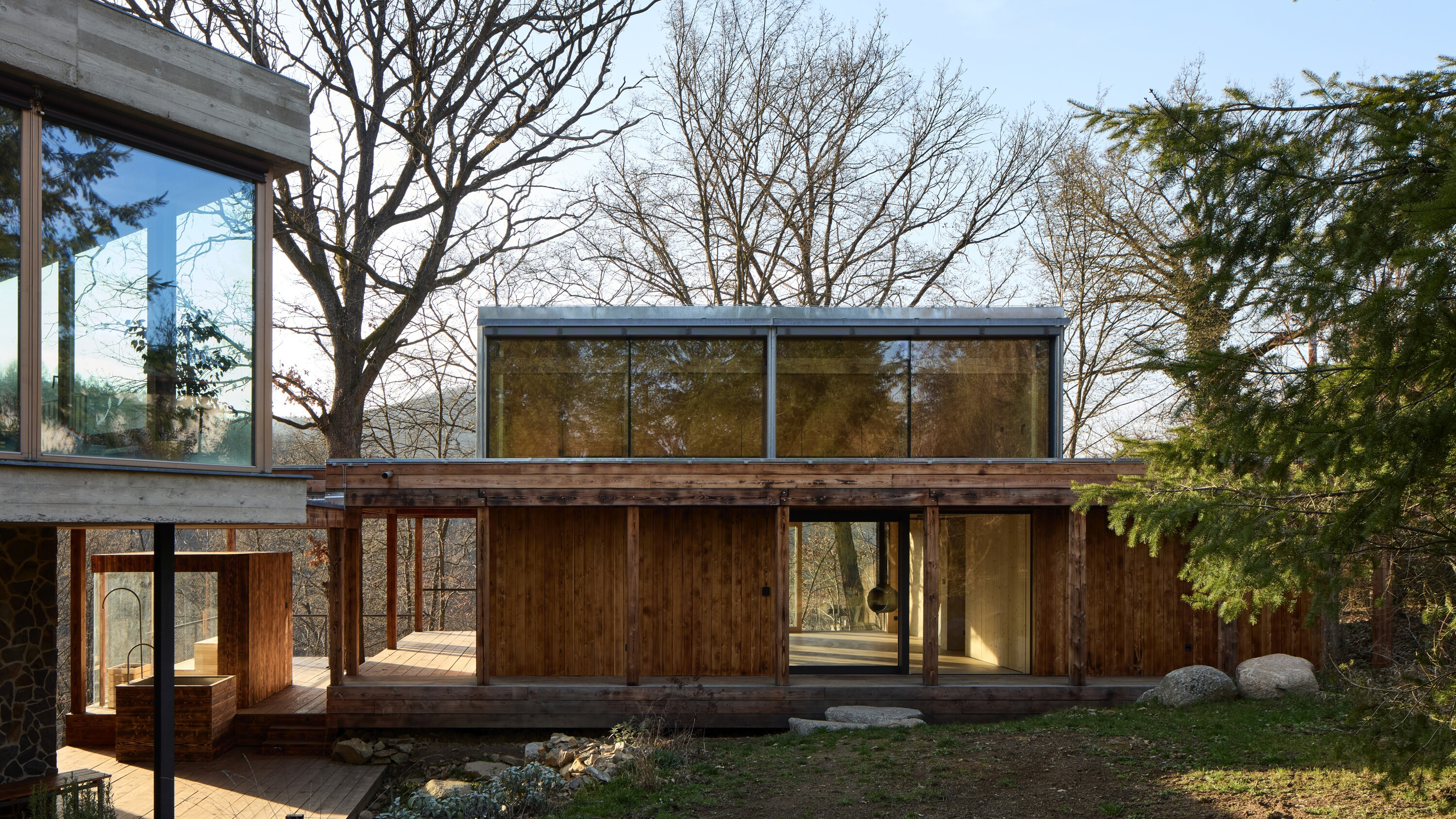 A new timber studio in the Czech Republic is carefully integrated into its hillside site
A new timber studio in the Czech Republic is carefully integrated into its hillside sitePäivä Architekti’s Czech Studio Above the Golden Canyon takes advantage of impressive views
-
 Aussie vibes meet Parisian grandeur? This Sydney apartment pulls off the unlikely combination
Aussie vibes meet Parisian grandeur? This Sydney apartment pulls off the unlikely combinationLongtime clients of Dylan Farrell Design trusted the studio to go bold with the gut renovation of their Sydney flat – now an intriguing study in contrasts
-
 Carlo Ratti reflects on his bold Venice Architecture Biennale as it closes this weekend
Carlo Ratti reflects on his bold Venice Architecture Biennale as it closes this weekendThe Venice Architecture Biennale opens with excitement and fanfare every two years; as the 2025 edition draws to a close, we take stock with its curator Carlo Ratti and ask him, what next?
-
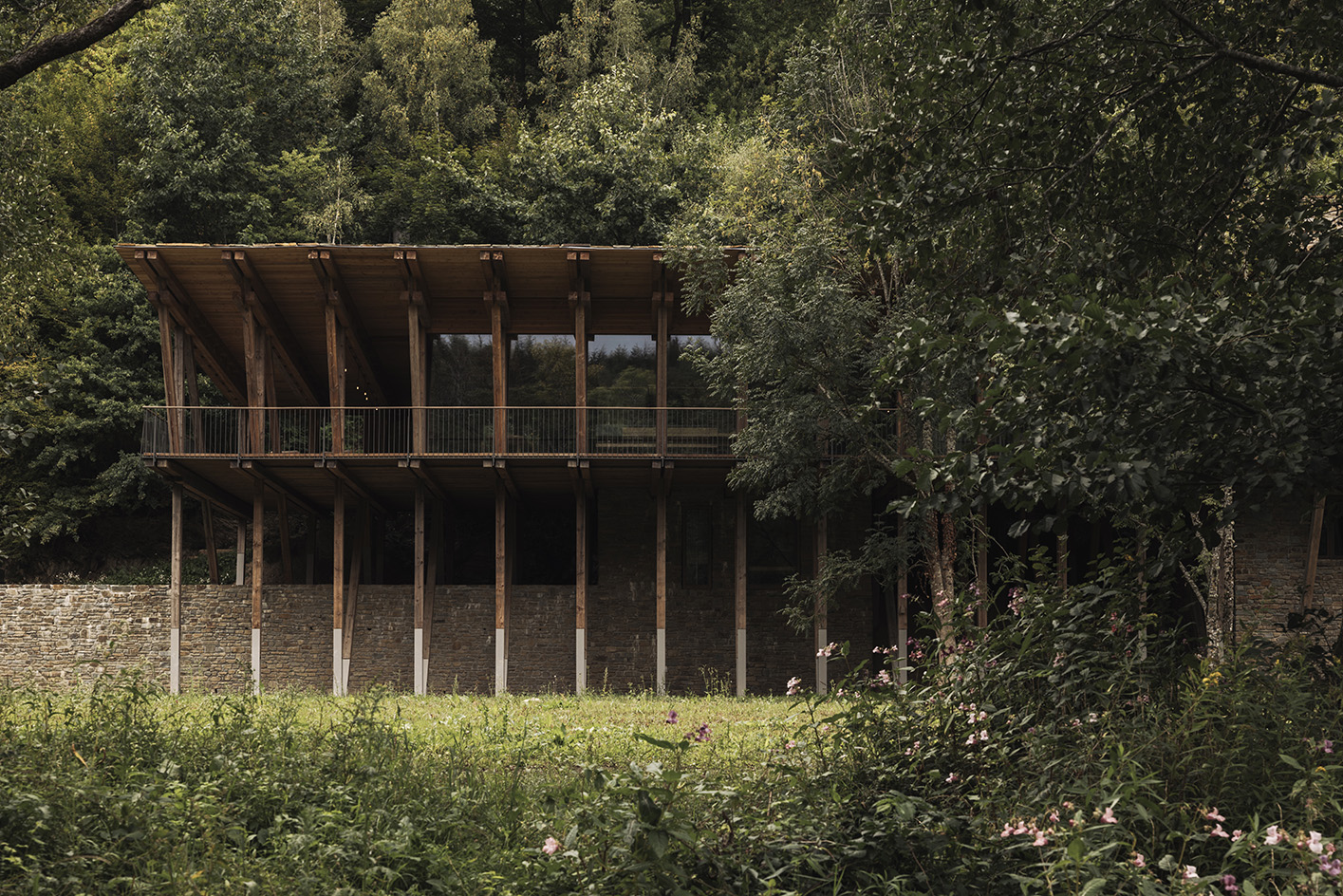 Woodstock House reinterprets modernist legacy through 21st-century sustainability
Woodstock House reinterprets modernist legacy through 21st-century sustainabilityLocally sourced materials and high design ambition merge in the newest residential work by Belgium’s BC Architects & Studies & Materials
-
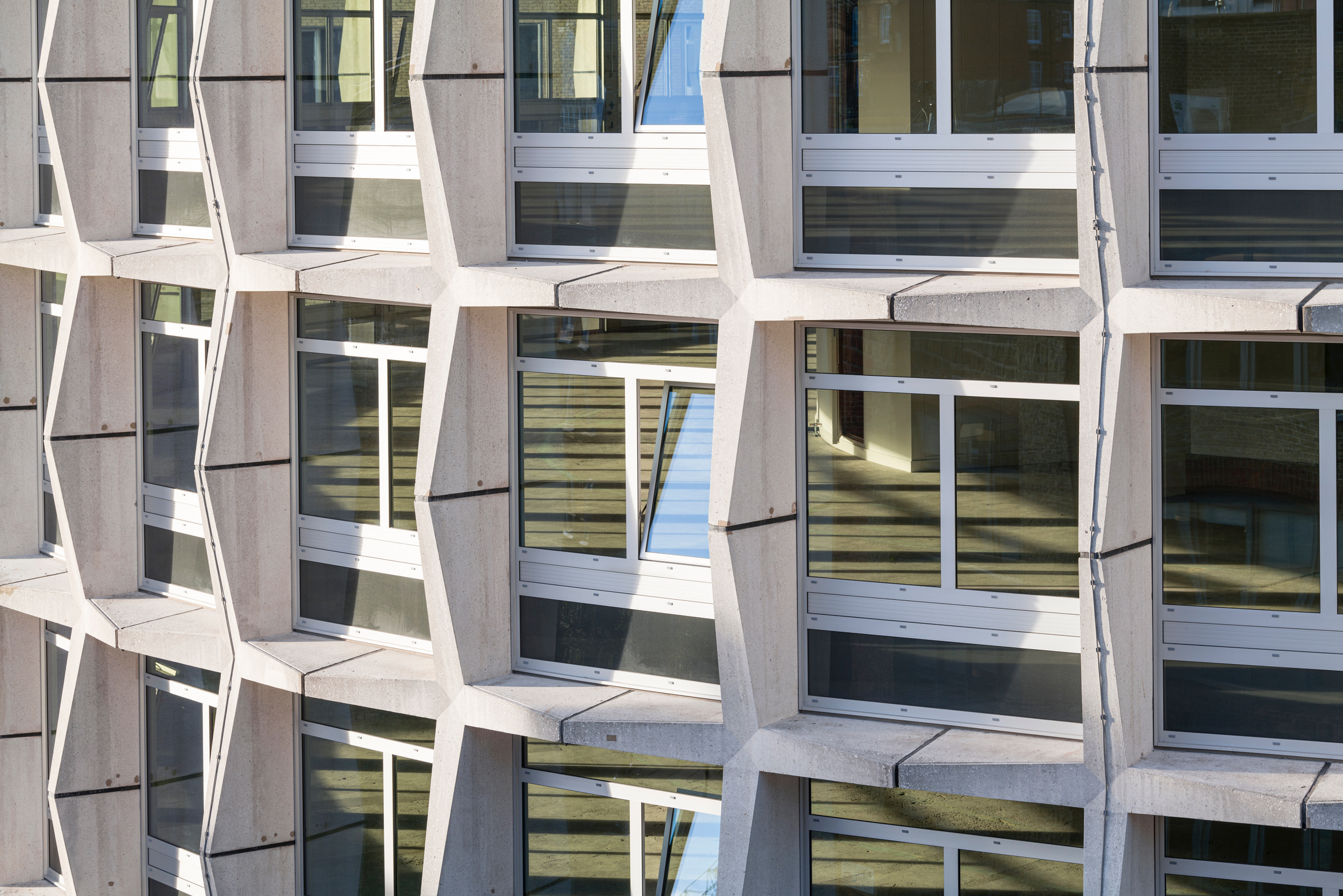 Richard Seifert's London: 'Urban, modern and bombastically brutalist'
Richard Seifert's London: 'Urban, modern and bombastically brutalist'London is full of Richard Seifert buildings, sprinkled with the 20th-century architect's magic and uncompromising style; here, we explore his prolific and, at times, controversial career
-
 The Architecture Edit: Wallpaper’s houses of the month
The Architecture Edit: Wallpaper’s houses of the monthFrom Malibu beach pads to cosy cabins blanketed in snow, Wallpaper* has featured some incredible homes this month. We profile our favourites below
-
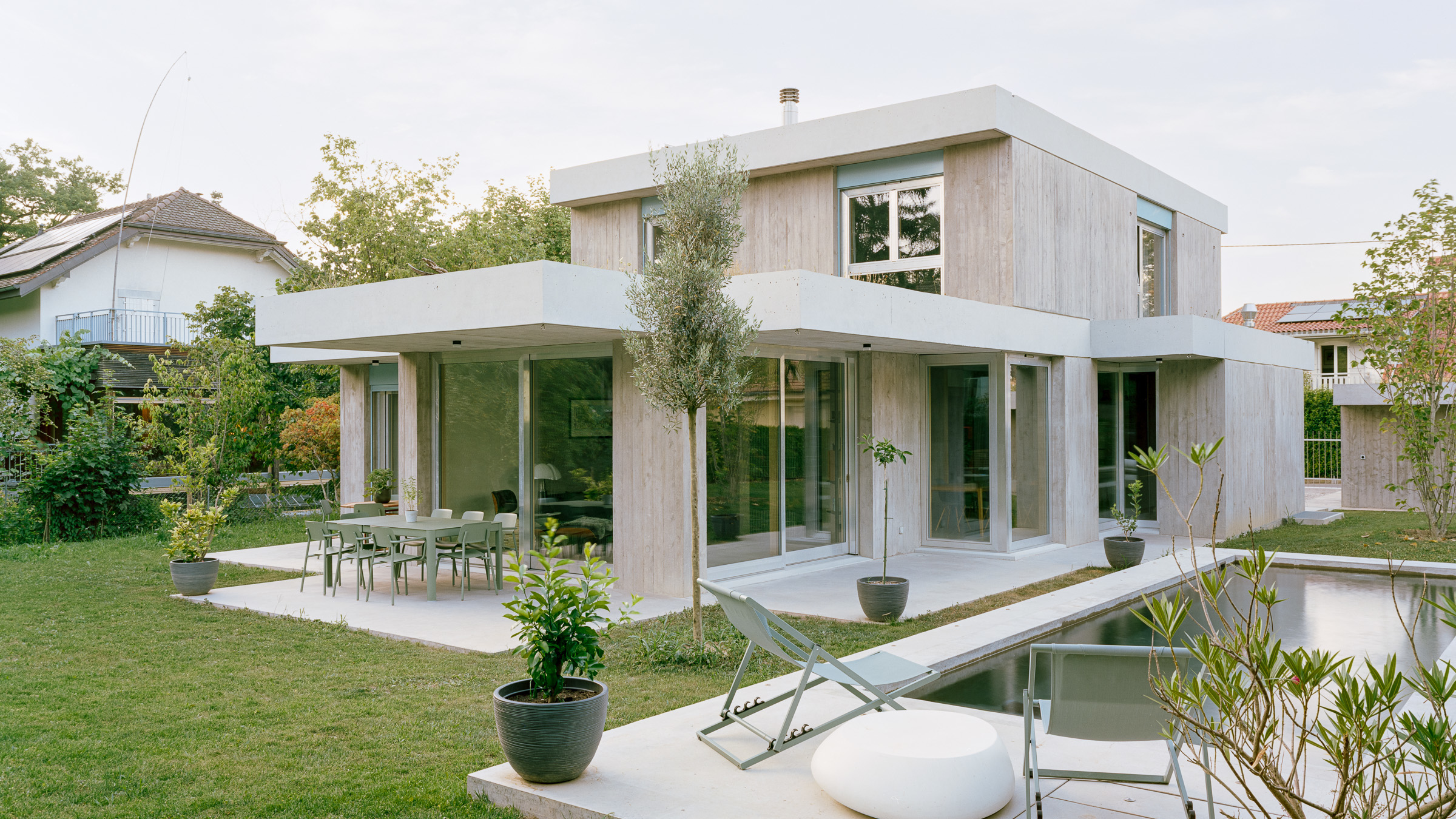 A neo-brutalist villa for an extended family elevates a Geneva suburb
A neo-brutalist villa for an extended family elevates a Geneva suburbLacroix Chessex Architectes pair cost-conscious concrete construction with rigorous details and spatial playfulness in this new villa near Geneva
-
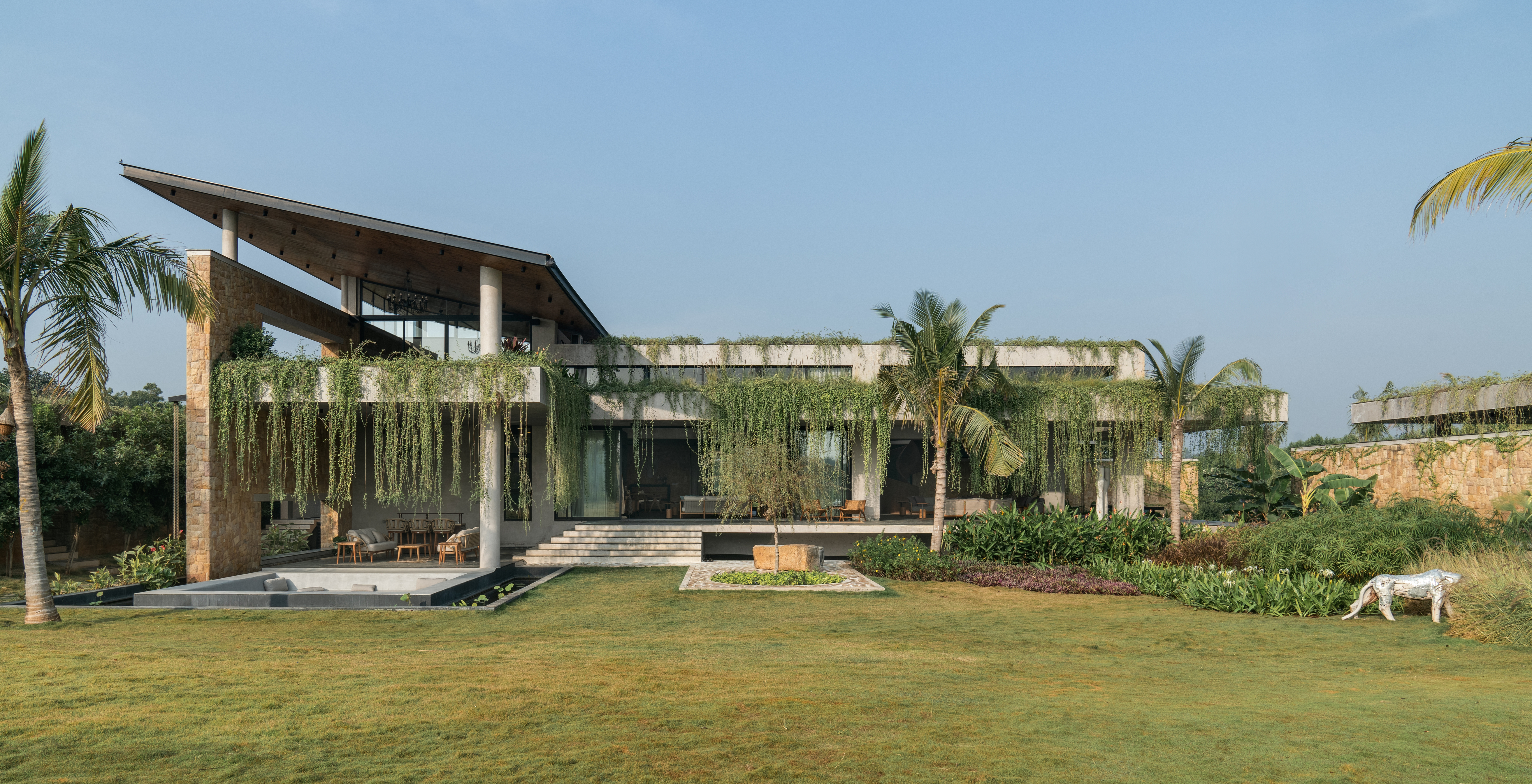 Cascading greenery softens the brutalist façade of this Hyderabad home
Cascading greenery softens the brutalist façade of this Hyderabad homeThe monolithic shell of this home evokes a familiar brutalist narrative, but designer 23 Degrees Design Shift softens the aesthetic by shrouding Antriya in lush planting
-
 Spice up the weekly shop at Mallorca’s brutalist supermarket
Spice up the weekly shop at Mallorca’s brutalist supermarketIn this brutalist supermarket, through the use of raw concrete, monolithic forms and modular elements, designer Minimal Studio hints at a critique of consumer culture
-
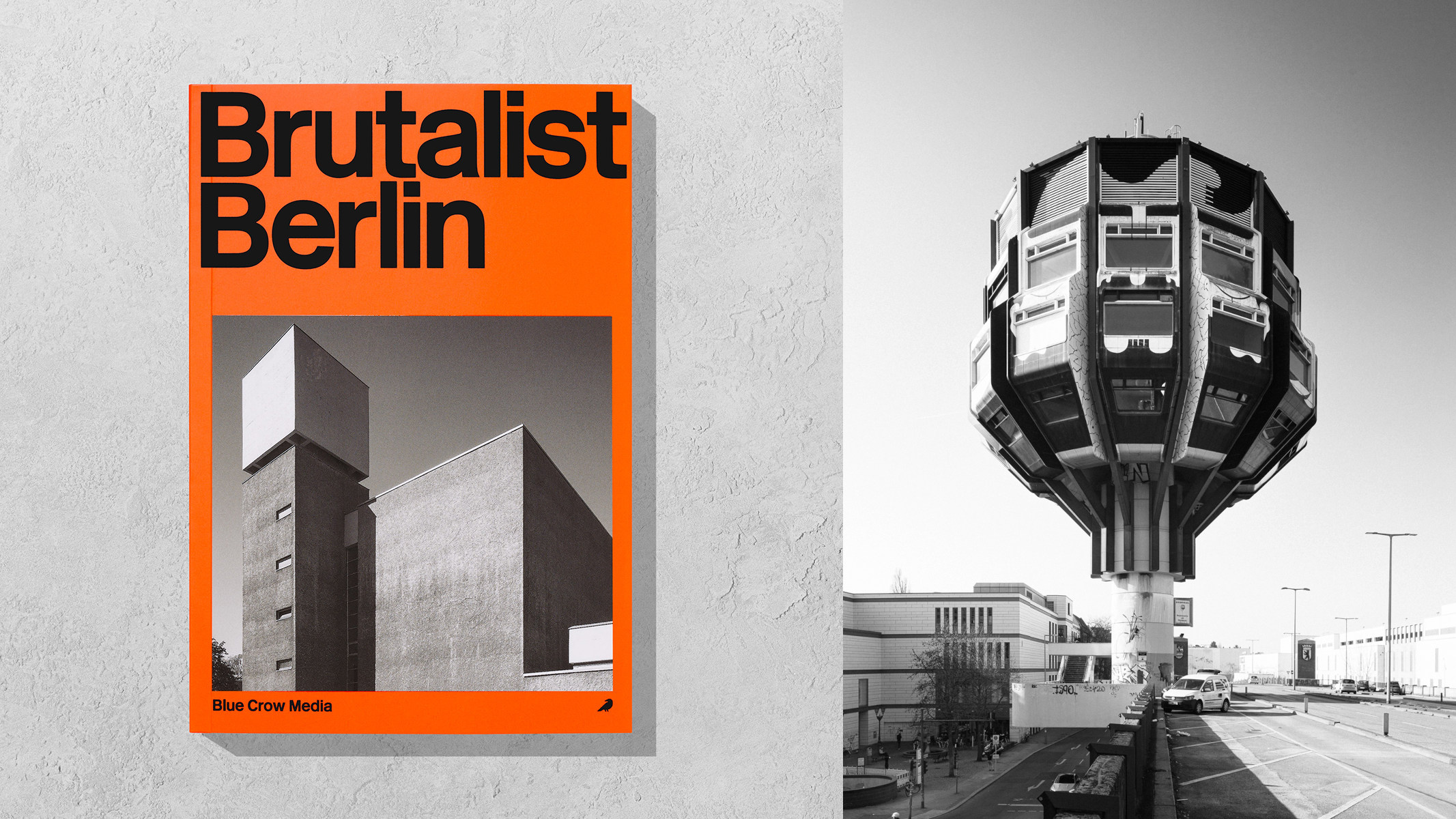 ‘Brutalist Berlin’ is an essential new guide for architectural tourists heading to the city
‘Brutalist Berlin’ is an essential new guide for architectural tourists heading to the cityBlue Crow Media’s ‘Brutalist Berlin’ unveils fifty of the German capital’s most significant concrete structures and places them in their historical context
-
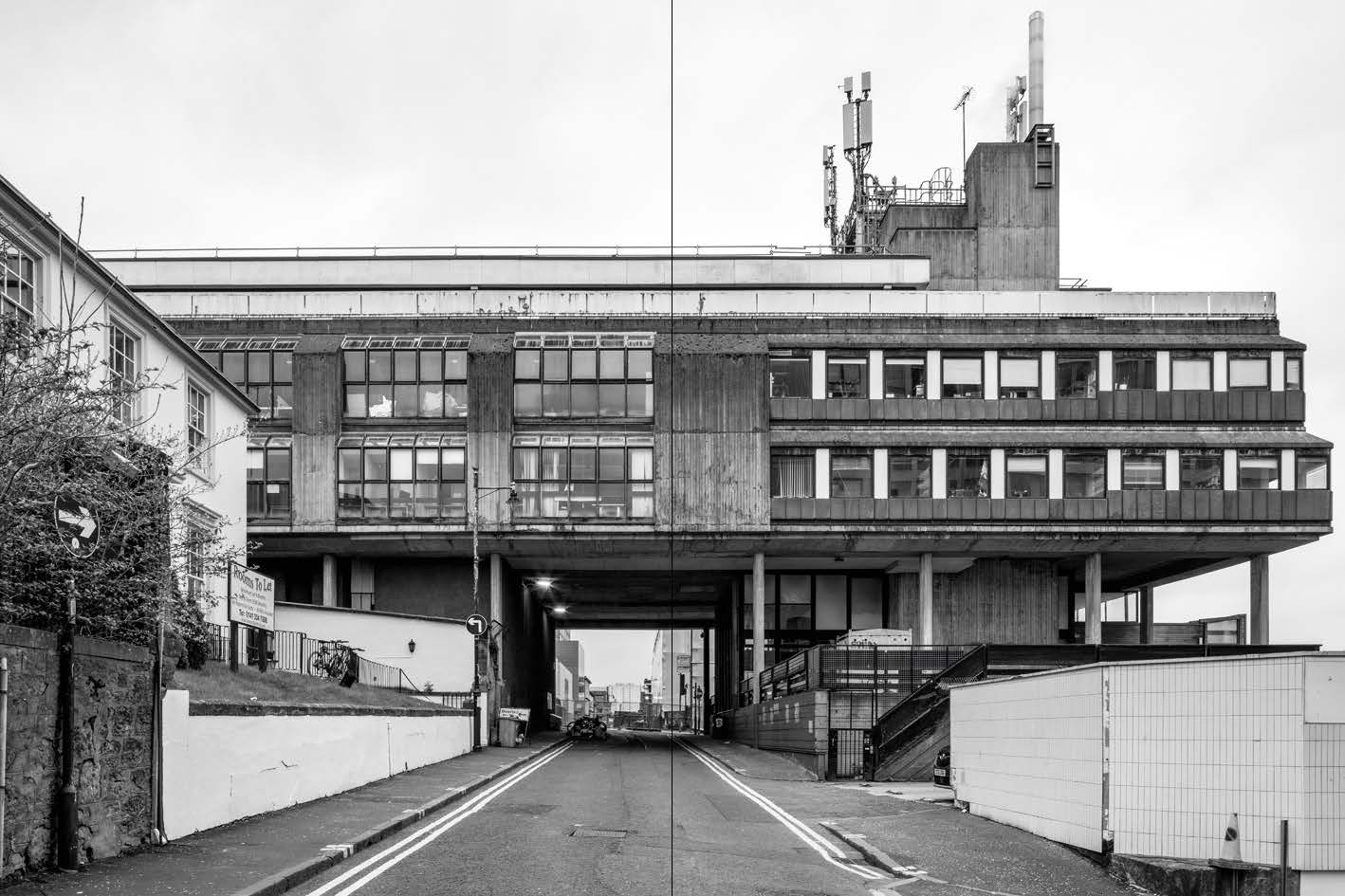 Celebrate the angular joys of 'Brutal Scotland', a new book from Simon Phipps
Celebrate the angular joys of 'Brutal Scotland', a new book from Simon Phipps'Brutal Scotland' chronicles one country’s relationship with concrete; is brutalism an architectural bogeyman or a monument to a lost era of aspirational community design?